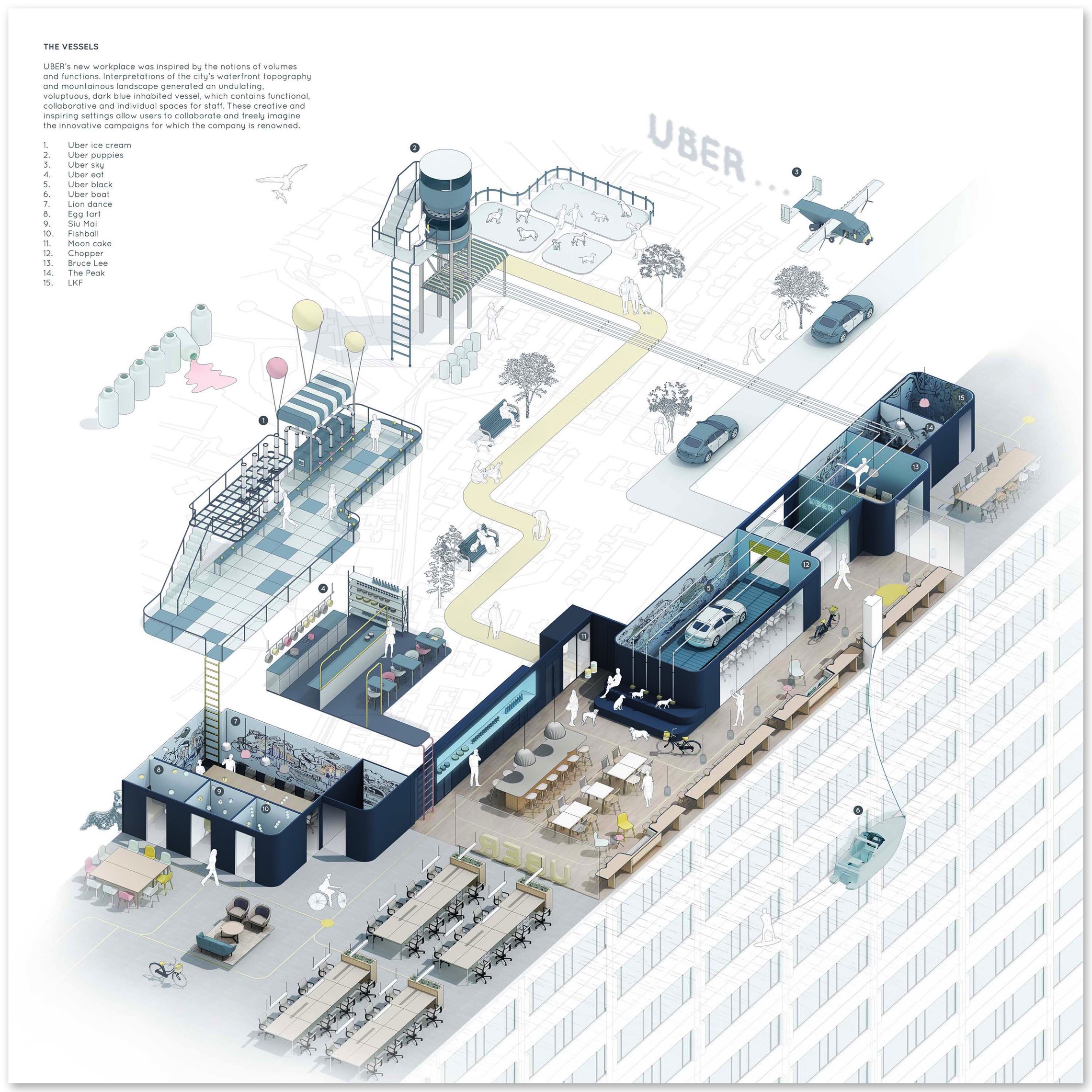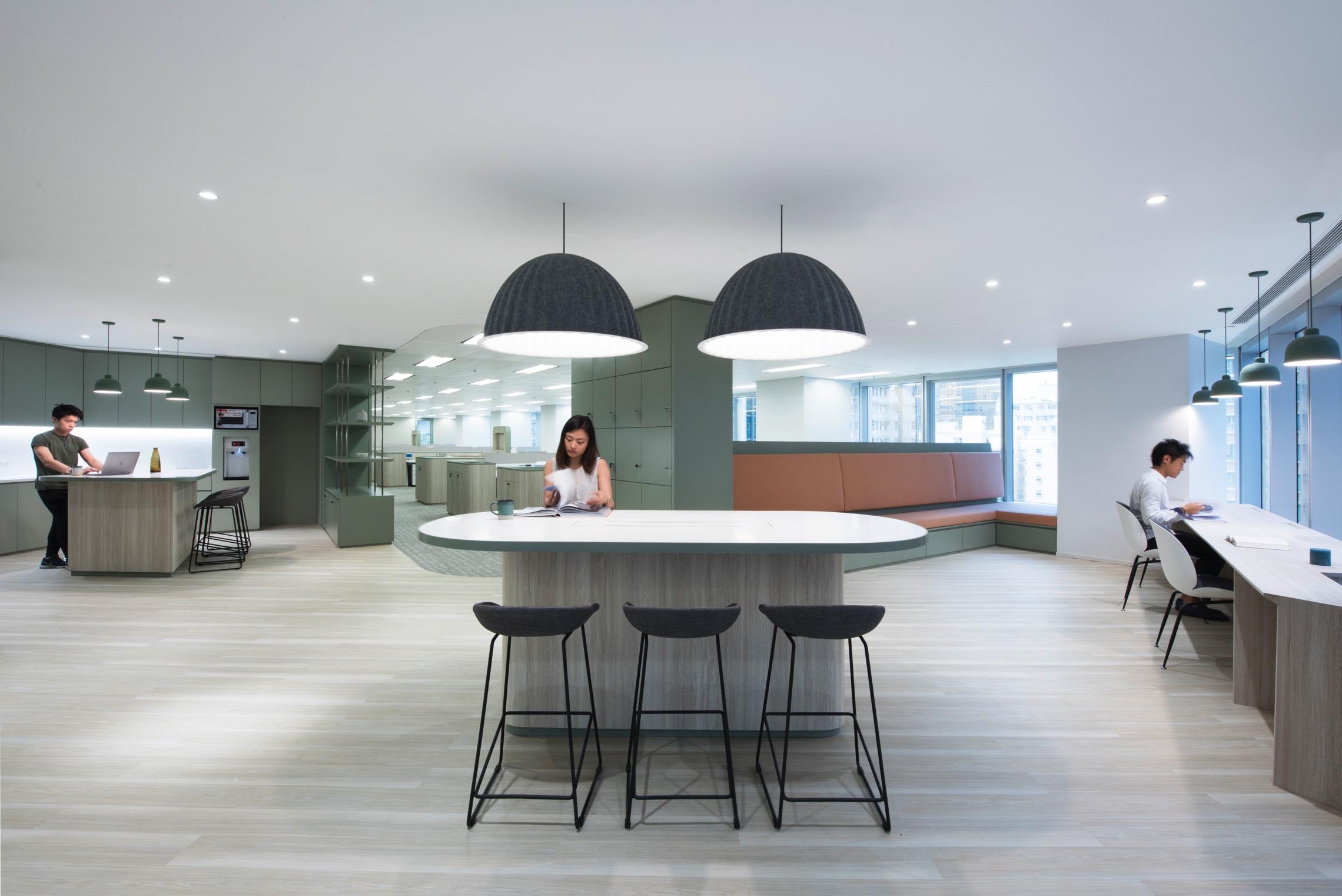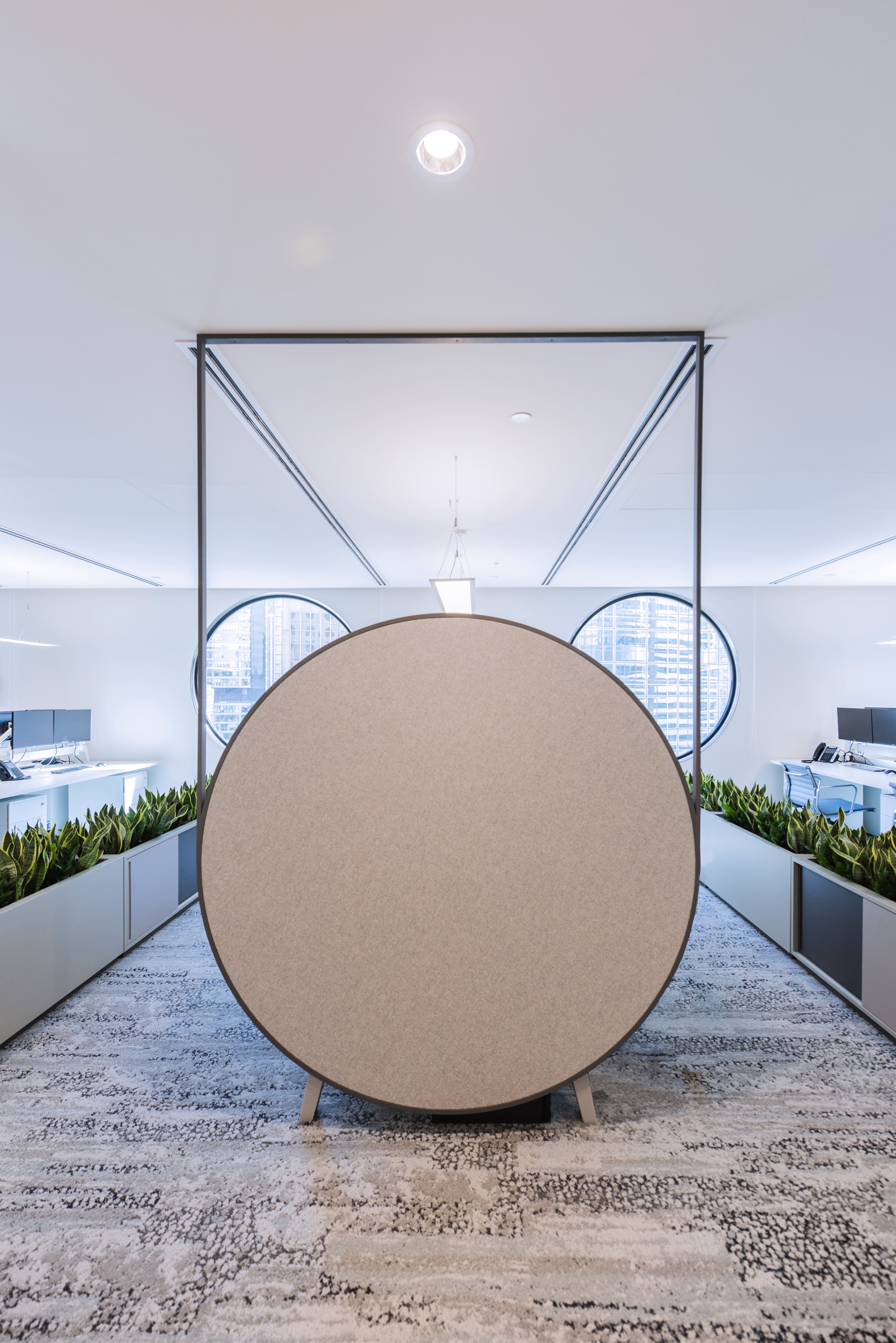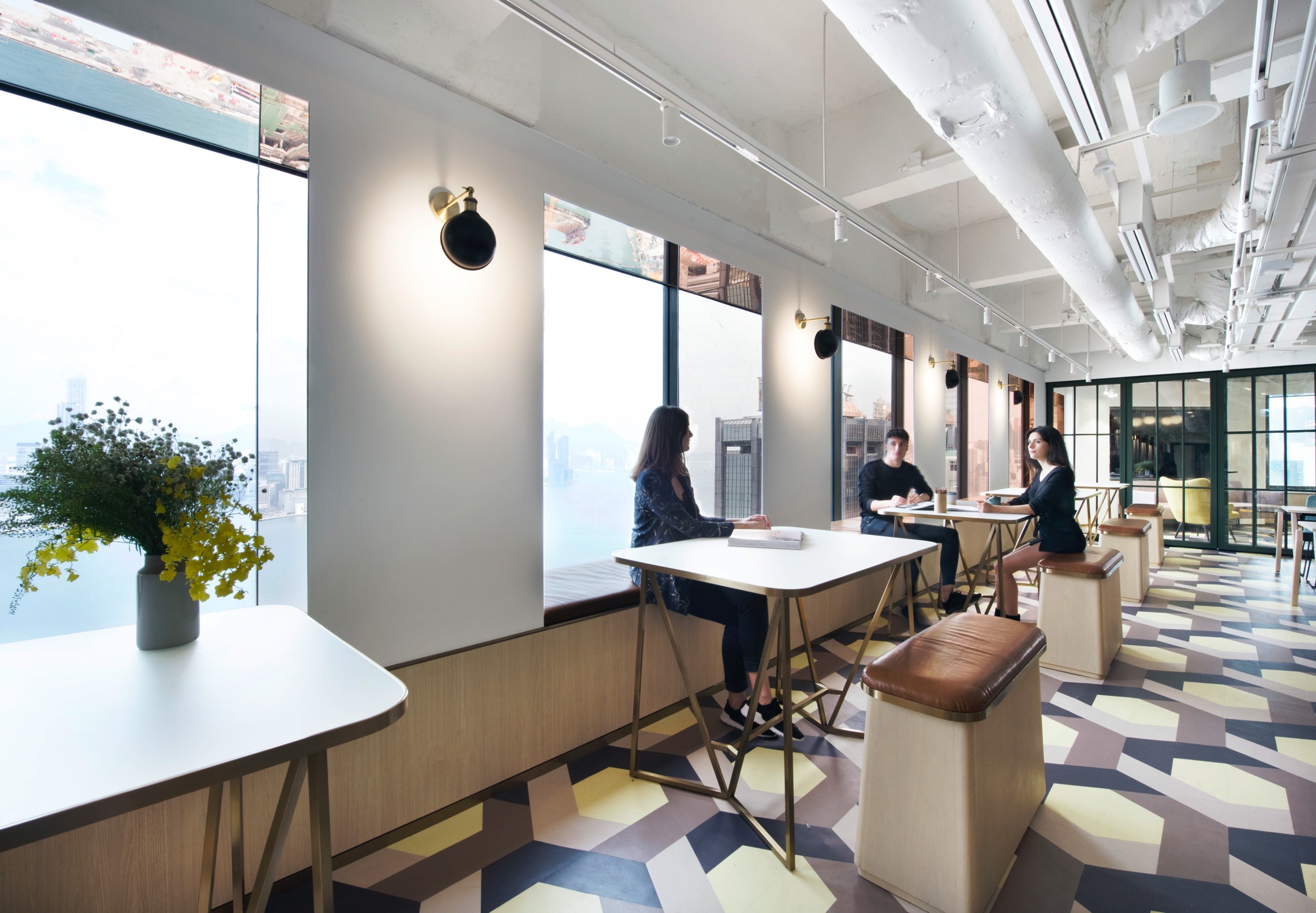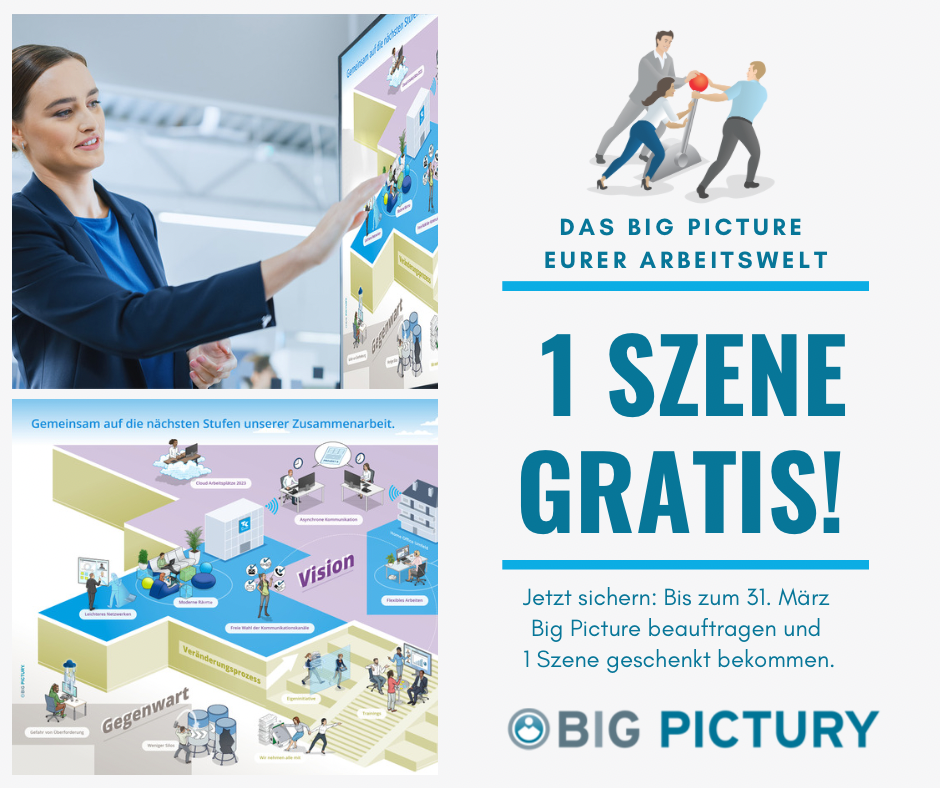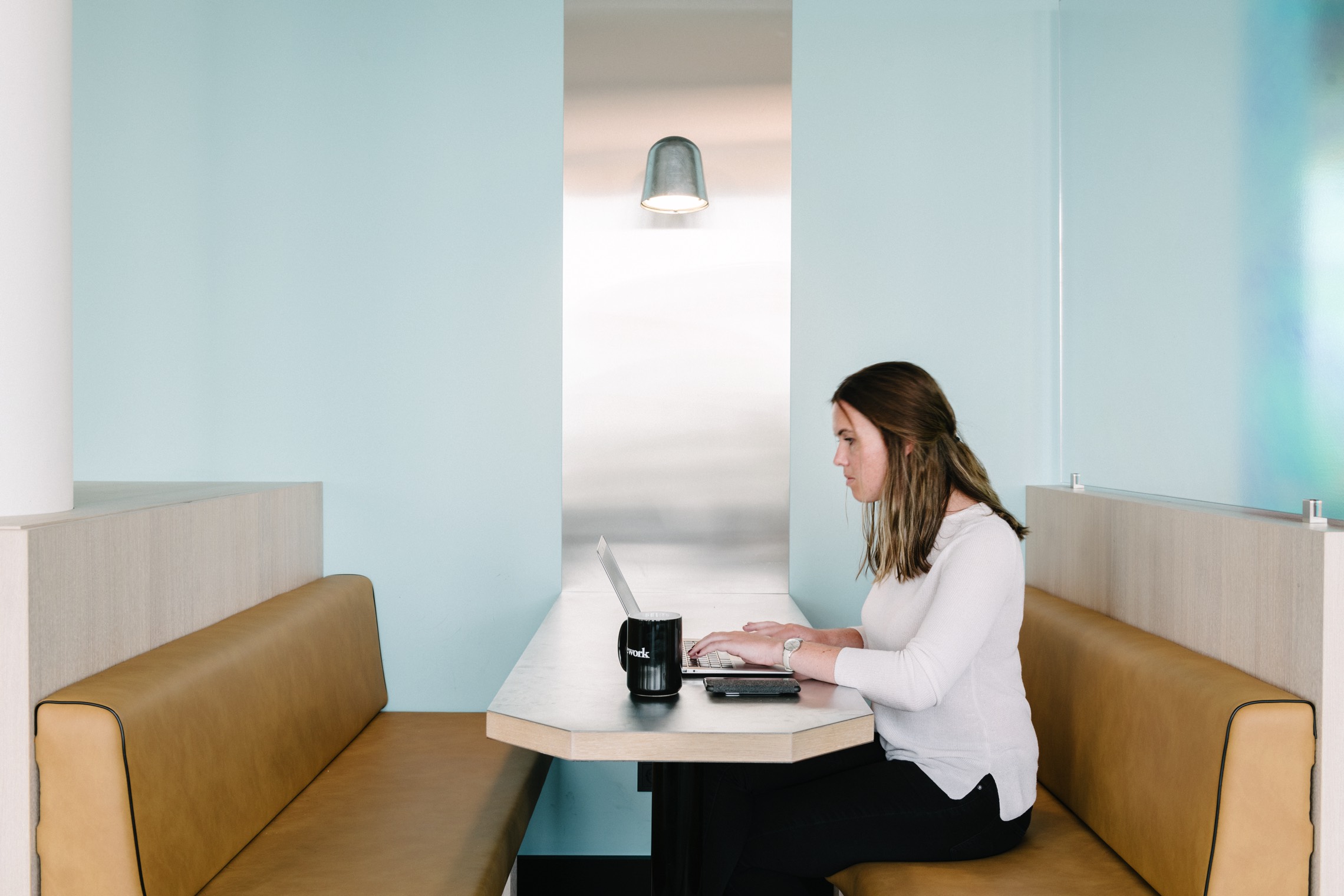Workplace design in times of Covid 19
Surely none of us could have imagined at the beginning of the year how comprehensively our lives would change in a matter of weeks. The pandemic has made deep incisions into our collective daily life and it has long since been clear that we won’t see the like of those Christmas parties in far-off December again for some time to come. Similarly, our working life won’t be the same again for some considerable time yet. The question now is: how will workplace design change to adapt to the current and post-Corona world, and which of those changes will stand the test of time? We put these questions to a number of the most prominent designers and interior designers in Germany and worldwide. We’re now publishing their answers to these questions in our series “Workplace design in times of Corona”.
„I believe workplace designs will become ‘super agile’ and ever more flexible. It would be wrong to think the traditional cubicle office from the last century would make a comeback. Because over the past two decades, it has proven that a more sociable environment would accelerate the development of the company - a cultural trend that likely to stay. Instead, I expect to see even more agile workplaces in the future.
The right balance between remote and traditional working
The Corona working culture has introduced remote working for most companies to control the number of employees working in the physical workplace. This flexibility has allowed many employees to discover new found love for a better work-life balance, cutting down on commute and travelling, while being productive, especially on focused individual works.
Coworking design could provide the right balance between remote working and traditional working. With greater flexibility for different employees coming in to work on a rota system, this means companies can consider a higher sharing ratio on the number of desks. This also means a lesser amount of fixed desks and a more significant number of hotdesks and unassigned seats.
The super agile workplace can make desk spaces more efficient, and free up more space for essential physical functions, such as larger multifunctional event spaces where people can be at a comfortable distance from each other.
Various space seating arrangements
Let me give you some examples of our work:
Our design for Uber HK was driven by agile and flexible working. Departments can shift, grown and expand. Seating arrangements can be updated regularly.
In our design for the health insurance company Cigna, in the shared spaces, we created very spacious seating arrangements with simple and easy to clean surfaces. I believe the idea of large, easy-to-maintain, shared spaces will grow.
In our design for Grosvenor, we introduced subtle and creative partitioning systems to control provide social separation while keeping an open, connected feel. I believe furniture elements will play a more significant role but must be creatively designed for better aesthetics of the workplace.
More companies will see the importance of providing wellbeing orientated designs. In our design for the L’Oreal HK workplace, we integrated various work settings for employees, with different degrees of acoustic and visual connectivity to natural daylight - all serviced by good air quality systems.“
Kenny Kinugasa-Tsui, FOUNDING DIRECTOR
Bean Buro, Hong Kong, May 2020
